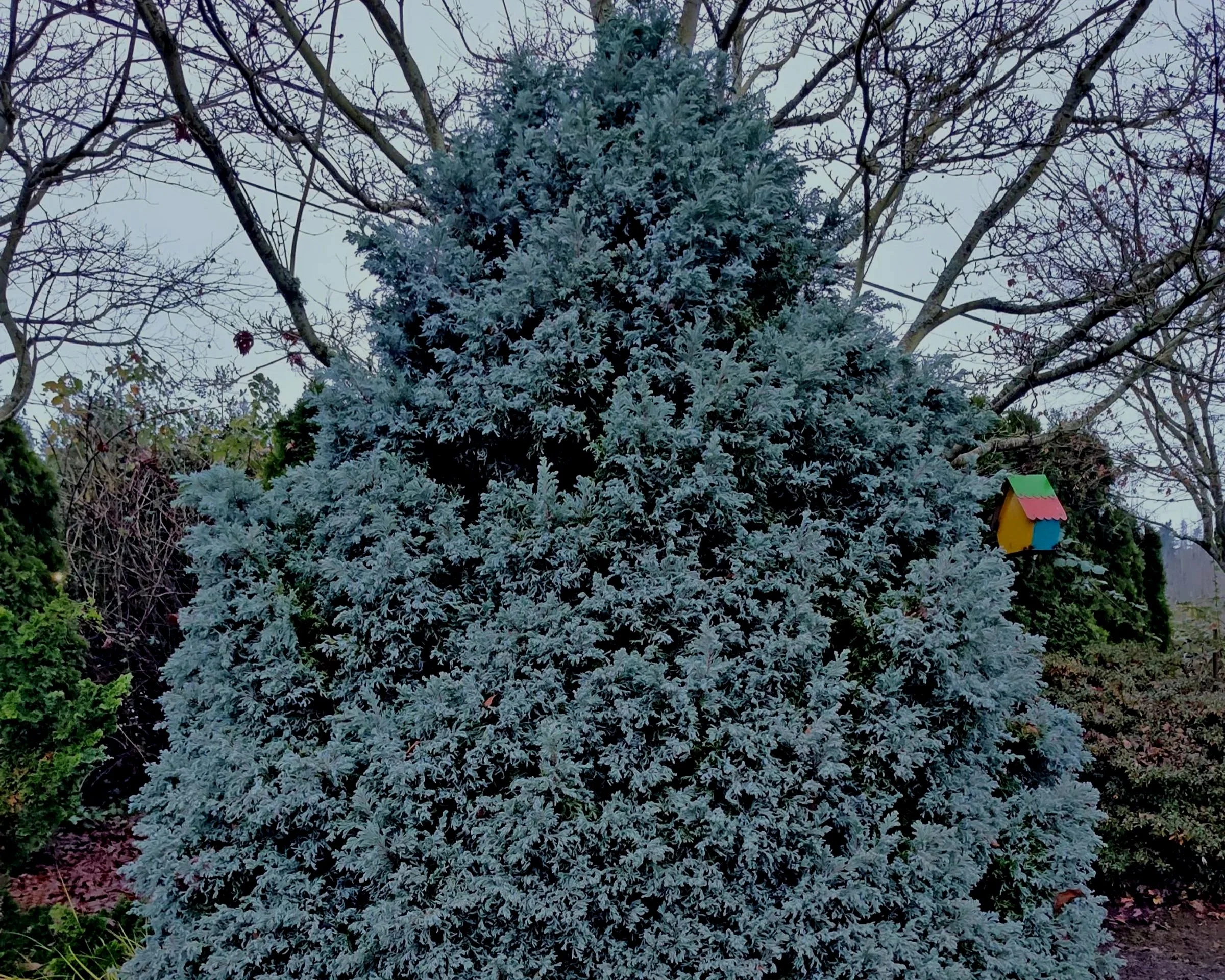If you are like me, you are probably a bit conflicted this time of year. My summer containers, while looking a bit worn out, are still drawing droves of honey bees and hummingbirds (especially to my salvias) and the thought of ripping everything out and denying these delightful creatures their meals is almost more than I can bear. Add to that dilemma the fact that pitching everything out from my containers is an incredible waste of money. I can mitigate this agony by “saving” some of the contents for next year via various techniques. If you are the type that gets emotionally attached to your plants or are simply frugal and want to save a few bucks, here are some ways to make that happen.
Take cuttings. Many container plants, like coleus, salvias and fuchsias, can be easily propagated by cuttings this time of year. Take tip shoots that are still flexible and either place them in water or a fast-draining potting soil with a plastic bag over the top to keep the humidity up and they will usually root in a couple of weeks. You can then transplant them into soil and keep them in the house for the winter. You might need to take some fresh cuttings later in the winter if your originals get too leggy. Be sure to keep them in a well-lit room and don’t over water them during the dark days of winter.
Dig up and divide large rooted plants. Plants like bananas, cannas, elephant ears, and tuberous begonias can be removed from their container, stripped of all their foliage and all the soil knocked off their roots. You can then cover them with sawdust or a mostly dryish potting soil and place them in a cool, dark room. Check on them every few weeks to make sure they are not rotting. You want them to sleep, so the cool and dark part is really important. In February you can start to wake them up by moving them to a warmer location. As they grow, repot them into good soil and after all chances of frost have passed, you can gently acclimate them to the outdoors by first placing them during the day in the shade and eventually in full sun.
Cut back and force into dormancy fibrous-rooted plants. Geraniums are a classic example of a fibrous-rooted plant that will form a more-or-less woody stem and crown. Lantana and abutilon are two others. These woody shrubs can be cut down to 4 to 6 inches and stripped of all their leaves and then allowed to dry out (not bone dry but rather “on the dry side”). Like above, place them in a cool location with minimal light and let them sleep (with some occasional water). As they wake up, the new growth will be spindly and you may need to cut it back to force branching, but as you add more light and heat, they will start the shape up.
I have known gardeners who have saved their geraniums for years and their tuberous begonias for just as long and I suspect this as much of an emotional attachment as it is a case of frugality. If you, on the other hand, are the type that just likes to start fresh every spring, then that is fine too. It’s all about whatever brings you joy and satisfaction. Experiment and find what works, and above all, stay safe and keep on gardening.



